What is Content Marketing?
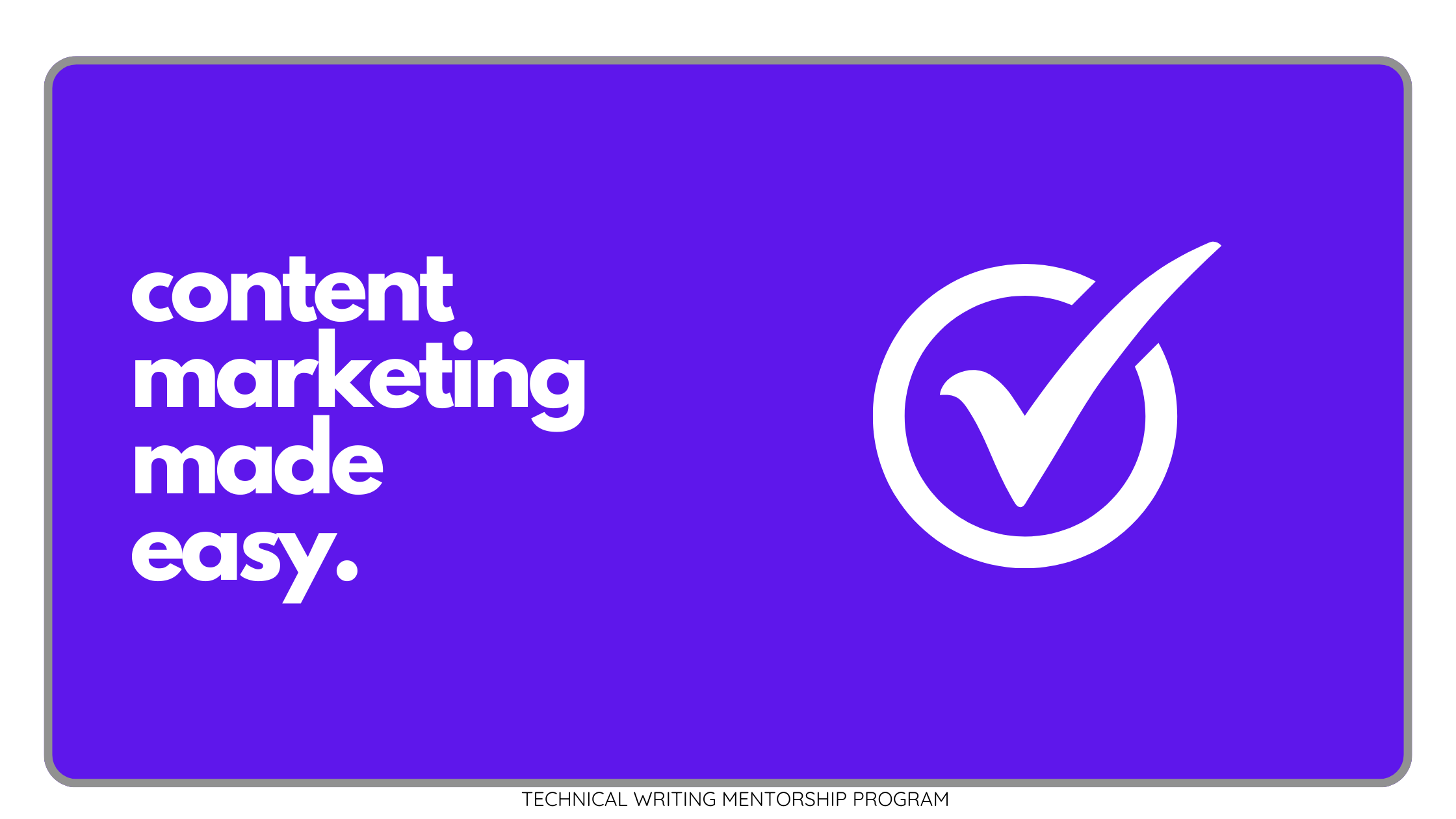
Content marketing is a sales strategy that shares unique, compelling content to attract and engage a target audience. It is a business plan focused on driving profitable customer action. Content marketing is a relatively modern approach because it has become popular in selling products and services online. However, convincing people to purchase products has a solid history, even back to the age of trade and barter!
Content Marketing and Traditional Advertisement
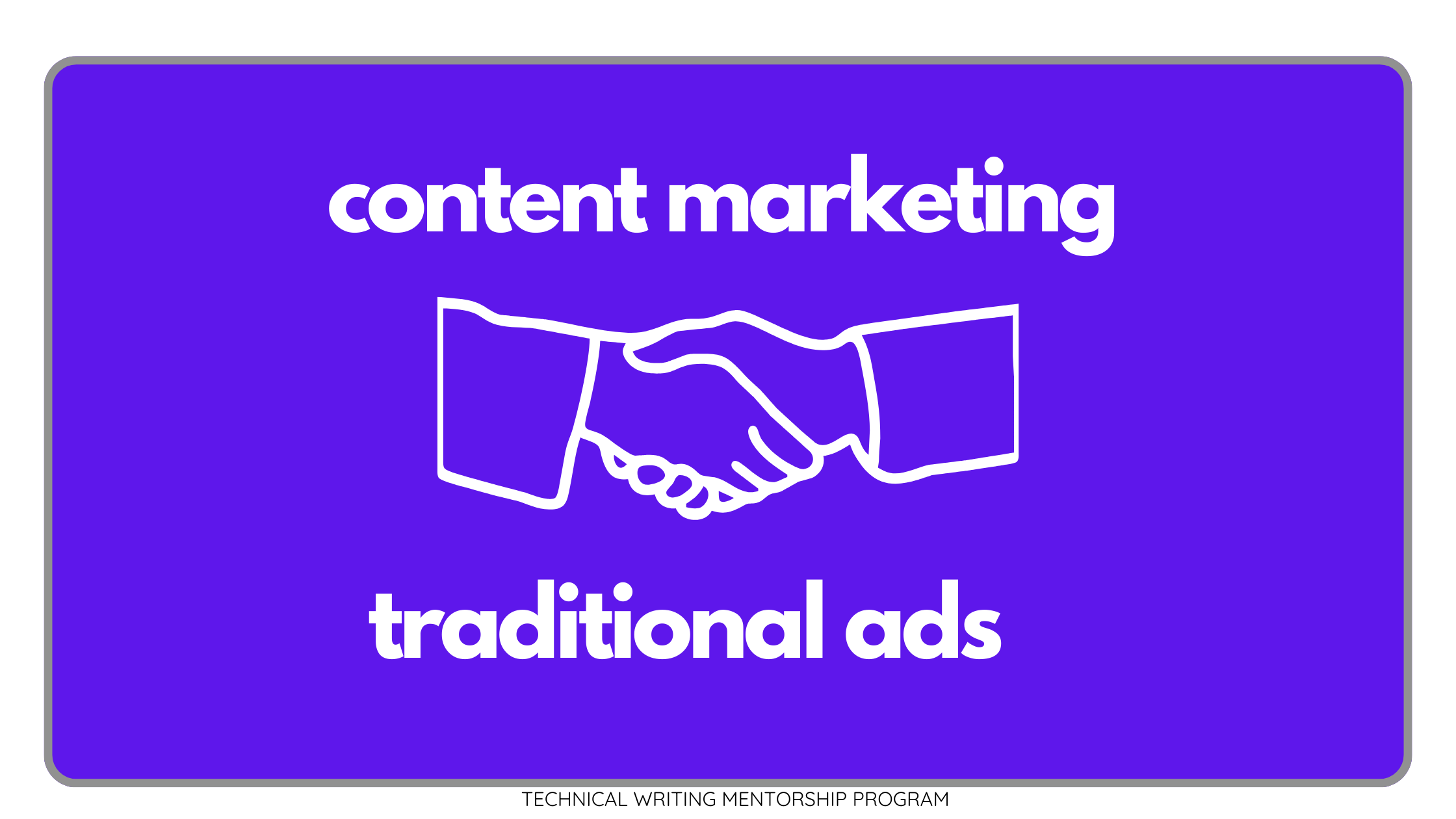 Fig.1: content marketing vs traditional marketing
Fig.1: content marketing vs traditional marketing
Content marketing and traditional advertisement serve the same purpose: driving profitable customer action. Although their methods of achieving this purpose, differs.
Traditional advertisement does not allow two-way communication. Businesses advertise their products and expect results that come from selling more products. Content marketing, which is closely tied to digital marketing, is a two-way process. It caters to specific audiences that business owners can communicate with in real time through different media channels.
While content marketing has been used for some time, we must understand the fundamentals. Many job roles require it as a skill, and most job descriptions for technical writers include some content marketing. This article discusses the common terms used in content marketing, its benefits, how to choose a working strategy, various content formats to implement, and useful integrations. Let’s take a deep dive!
Basic Terms in Content Marketing
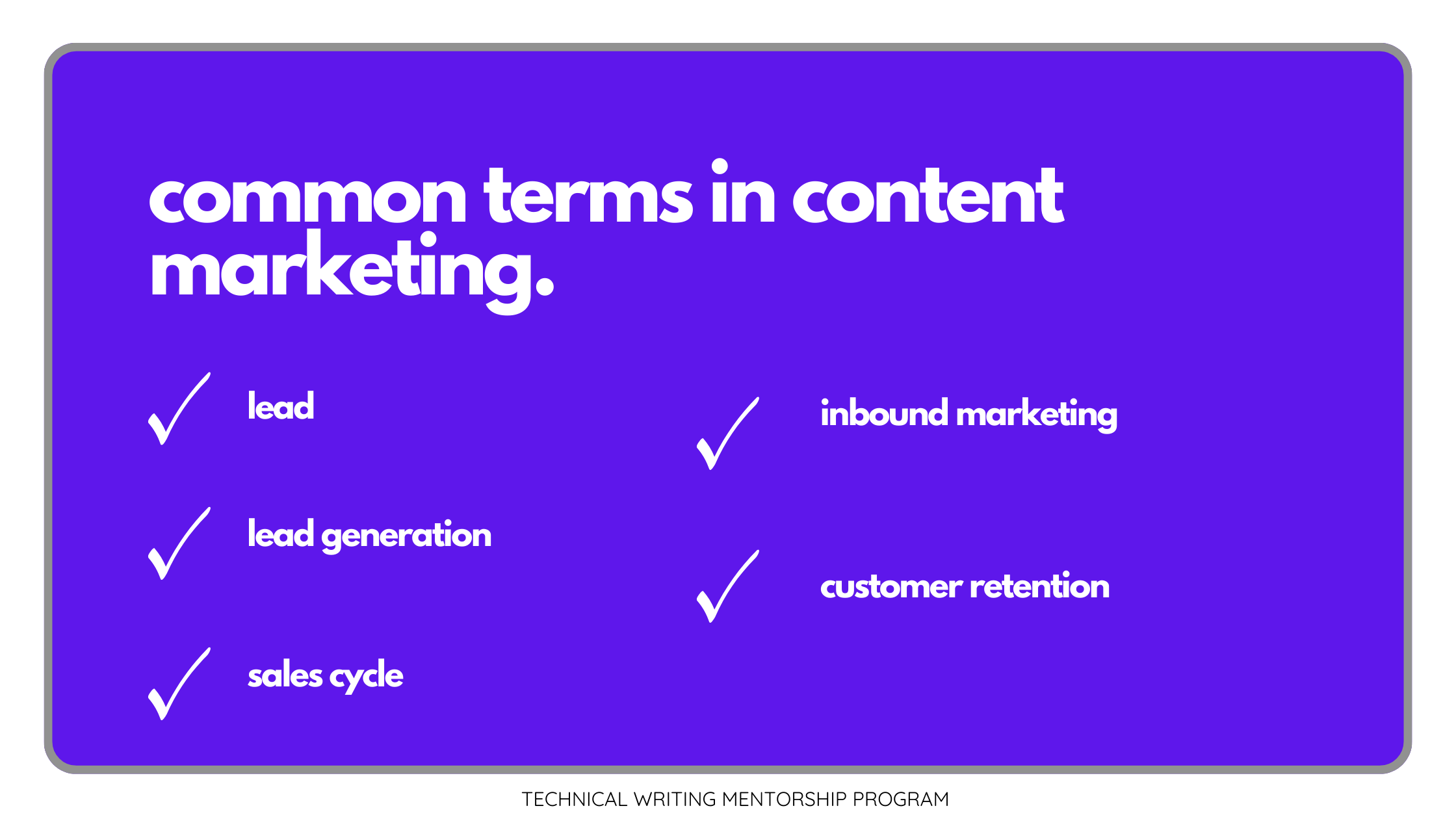 Fig.2: common terms in content marketing
Fig.2: common terms in content marketing
Lead
A lead is an individual or company (representative) that interacts with your brand through your content about the services you offer. This lead becomes a prospective customer who can be convinced to patronize you when they encounter more persuasive, compelling content about your brand.
Lead Generation
Lead generation is a marketing strategy that involves attracting prospects for your business. These efforts focus on areas or sites with a large demographic of people likely to be interested in the products and services your brand offers.
For example, posting Instagram reels about Spring fashion ideas as a clothing brand is bound to attract customers.
Sales Cycle
A sales cycle summarizes all the steps needed to turn a lead into a customer. It has seven stages, each covering the steps taken by the marketing team to make leads satisfied customers.
This cycle starts by looking for potential customers/leads and reaching out to them. When they respond, the team evaluates them to see if they’d likely purchase the product. Remember that while you aim to sell your product, you do not want to waste your time.
After evaluation, the marketing team follows up with a sales pitch, where the individual is presented with the product/service and why it is the best option for them. Note that a product is a solution to a problem, so the product has to be the best for their needs. The prospect will have doubts. They will want to be sure the product is a suitable choice and that they are not being ripped off. It is the marketing team's job to assure them that they are making the right choice.
After this is done, the marketer in charge can proceed to close the sale. This is where they fill out the paperwork, make payments, and ask for directions on how to set up their newly acquired purchase. While customers (that’s right, your lead is a customer now) are still basking in the euphoria of their newly acquired purchase, you can politely request a referral. Word-of-mouth goes a long way in marketing.
These are simple steps to make a sale; however, note that not all sales sail smoothly. Some leads require special attention. You might need to go over some steps in the sales cycle twice or more, hereby lengthening the bargaining process. Do not be rash with them.
Inbound Marketing
This type of marketing uses content creation based on your brand’s goal to attract customers. It presents your product as a necessary solution instead of an option and places it at the top of their mental list when they need such services.
This is a continuous process that attracts site visitors, informs them about your services, and keeps them engaged until they are ready to take action that profits your business. The key here is to inform, not sell. When leads are adequately informed about your product and how well it suits their needs, they naturally drift toward a purchase without persuasion.
Customer Retention
While it is good to make sales, it isn’t favorable to lose customers after a one-time purchase. Customer retention involves taking steps to prevent customers from making purchases from your competitors, that is, other businesses that offer the same services you do.
Advertisements cannot achieve customer retention. It is only possible when customers are pleased with the products they get from you and the accompanying customer service. If they sense a slight shift or experience discomfort, they can be easily convinced to try another business outlet.
How can you achieve customer retention? There are several sure-fire customer retention strategies, such as gamification and asking for feedback to keep customers engaged.
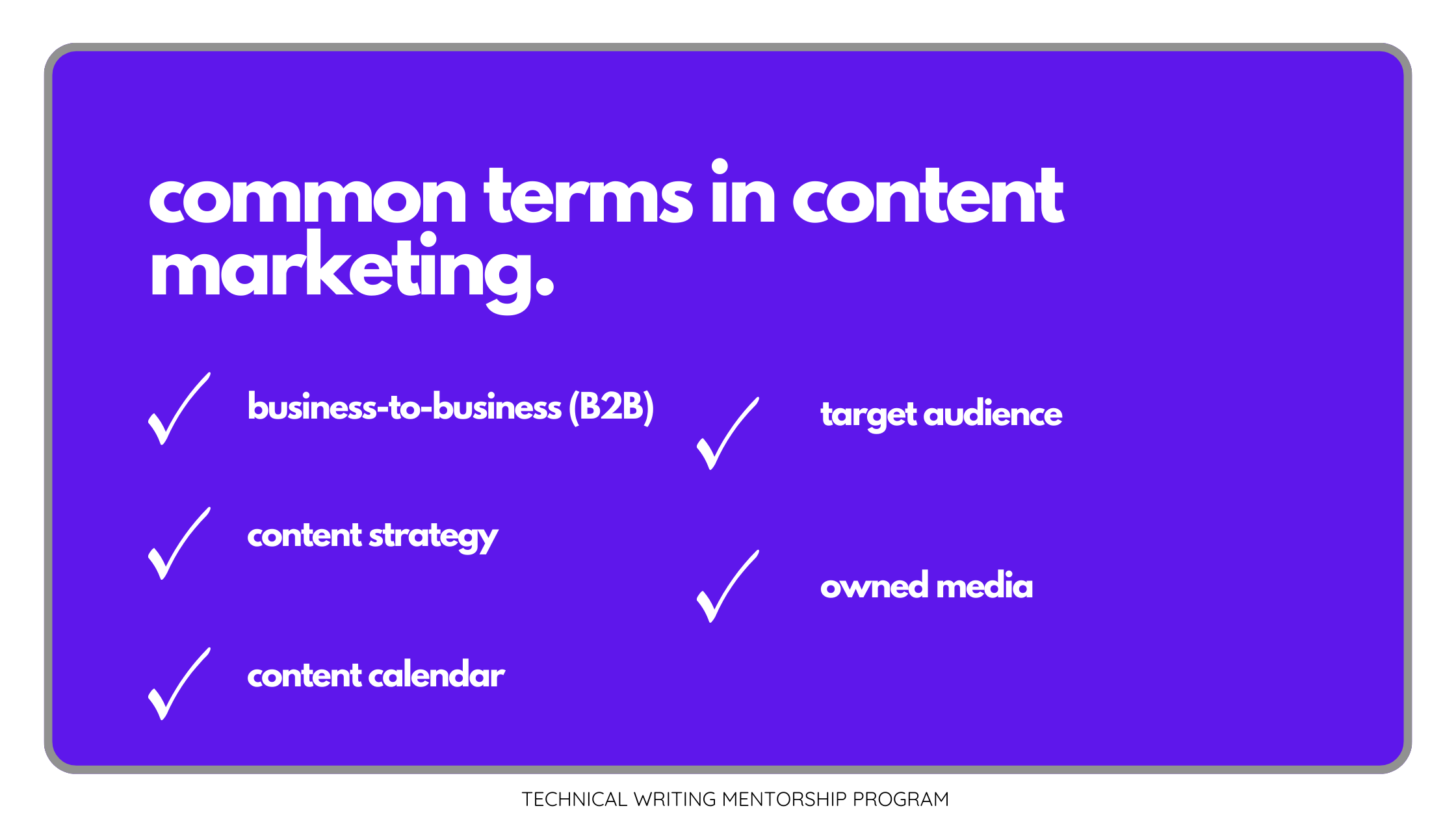 Fig.3: common terms in content marketing
Fig.3: common terms in content marketing
Business-to-Business (B2B)
B2B is a popular marketing term that refers to business-to-business interactions and transactions, in contrast to B2C - business-to-customer transactions.
B2B is the crux of commerce, as businesses tend to make wholesale purchases, contributing large profits to your company’s purse. B2C focuses on retail transactions, often involving end consumers.
Content Strategy
A content strategy is a detailed roadmap that entails the production, release, circulation, and maintenance of content to increase brand awareness and sales.
A brand’s content marketing team handles it. Their work covers determining the content format to produce and release at appropriate times, choosing the right distribution channels, and generating the most value with the released content.
A good content strategy is not static; it is dynamic. Unforeseen factors can arise that require changes to the strategy. Developing a content strategy that works can prove daunting, but it can be remedied with a detailed tutorial.
Content Calendar
While a content strategy tells you what kind of content to create, a content calendar lets you know when to release it. A content calendar is a compiled rundown of all the events the marketing team will handle.
Target Audience
A brand’s target audience is the group of people whose needs align with the brand’s products and services.This means that they are potentially interested in what you have to sell; you just need to find them. The brand targets all of its content and advertising efforts at informing and engaging this audience for profitable customer action and continued loyalty after sales have been made.
Owned Media
Owned media refers to digital communication channels. Examples are official blog sites, social media pages, and newsletters. This contrasts earned media, also known as public relations (PR), where information about the company is shared by agencies and publications not affiliated with the brand.
Companies often pitch to these publications so their stories can be shared as news. In some cases, they have to pay for this kind of promotion.
Benefits of Content Marketing
You know that the sole purpose of marketing is sales and profit, but did you know there are more benefits attached? These are some advantages of content marketing.
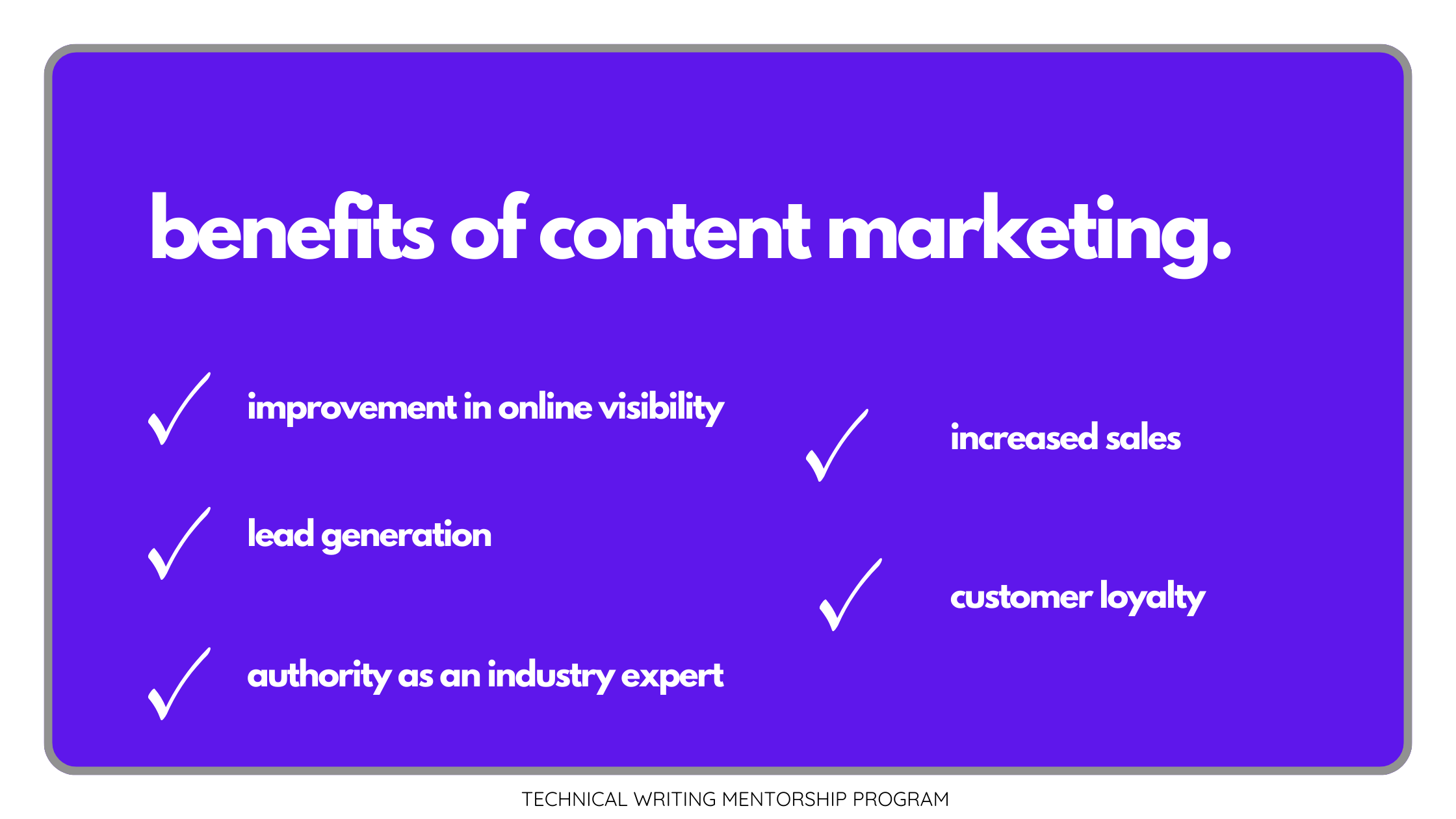 Fig.4: benefits of content marketing
Fig.4: benefits of content marketing
1. Improvement in Online Visibility
A brand aims to increase the number of people who know about its products and purchase them. Marketing is predominantly on the internet, and online visibility is a key factor in ensuring that your brand remains relevant and in tune with the target audience’s needs. This can be achieved through unique and consistent marketing strategies.
2. Lead Generation
While it is easy to argue that a producer knows the users’ needs, you cannot tell what all of them are thinking, at the same time. Content marketing creates a pathway for constant communication between you and potential customers.
As your brand gains more visibility, people interested in your services will contact it, and you will learn their needs, preferences, and how to keep them engaged. This will generate leads, thereby spurring the sales cycle into action.
3. Authority as an Industry Expert
Establishing your brand as an industry expert can be difficult, but it is achievable if proper steps are taken. One of these involves consistently sharing high-quality content with the audience.
This keeps your brand at the forefront when topics concerning your services are raised. Over time, your brand will become associated with such topics, increasing the percentage of potential customers and sales.
4. Customer Retention
Content marketing keeps your customers in close range after single or multiple purchases. Content serves as constant reminders for them that your company and its services can still satisfy their needs. It also prevents them from being lost to competition, which also has their active marketing strategies.
What is a Content Marketing Campaign?
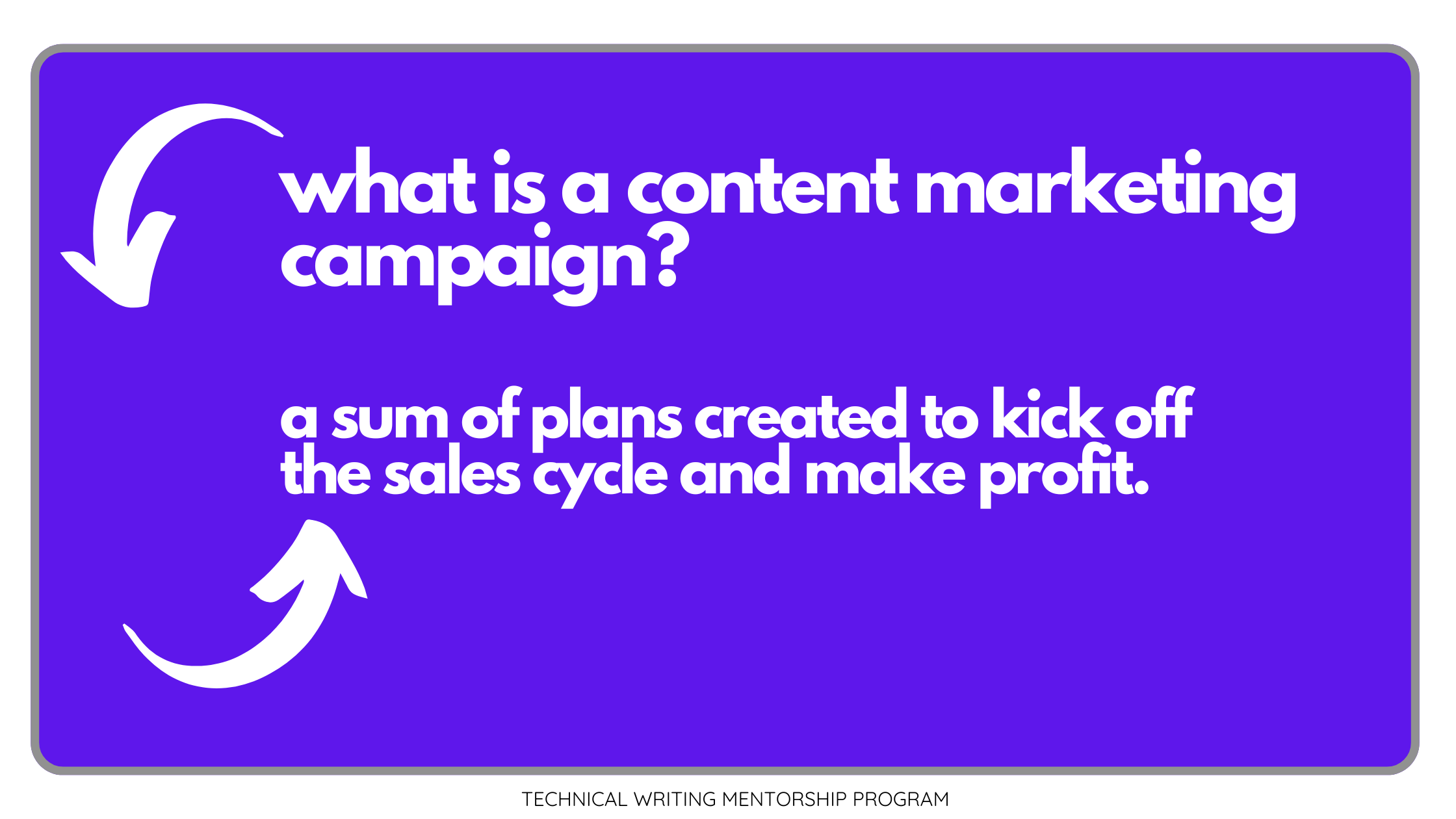 Fig.5: content marketing campaign
Fig.5: content marketing campaign
A content marketing campaign or strategy is a sum of the plans created to kick off the sales cycle and make a profit. This includes creating content that caters to your target audience and business plans.
Why do you need a content marketing campaign? As easy as it sounds, you cannot just create content and post it at will. You need a plan that guides you toward your goal of making a profit. It also keeps you on track and prevents excessive spending that may occur through advertisements.
Making a content marketing campaign might seem difficult, but with the right steps, it can prove to be a profitable venture for you.
Choosing a Content Marketing Strategy That Works
Here is a list of a few things to put in place when choosing a content marketing strategy.
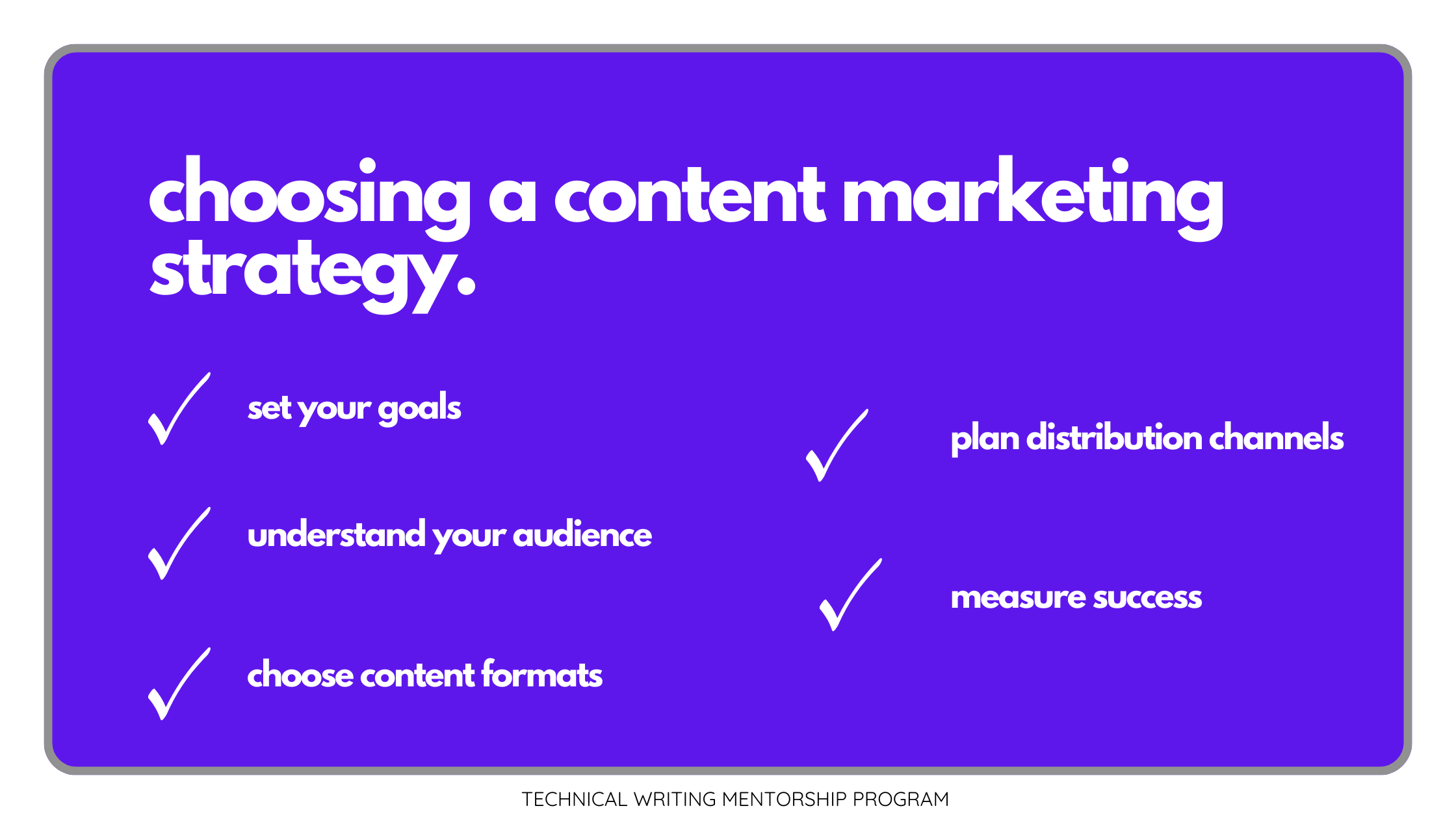 Fig.6: choosing a content marketing strategy
Fig.6: choosing a content marketing strategy
1. Define Your Goals
Defining your goals is the first step to a successful content strategy. Clearly state the end result you want for your brand, how you start, and the process you intend to take to achieve those results.
Do you want more subscribers? Increased brand awareness? Increased profit? Goals help you keep track of milestones and recognize achievements.
For example, if you want more subscribers for a YouTube channel, more people who frequent YouTube must be aware that your channel exists. This is your target audience; therefore, your content strategy should focus on releasing compelling content about your channel. This informs them about your channel, its offers, and why they should prefer it over the competition. This will increase the number of subscribers who value your content. They can also refer people to your page (word-of-mouth adverts), leading to more subscribers: your result!
2. Understand Your Audience
It is one thing to know your audience; it is another to understand them. The specific number of amassed followers on your social media pages and email lists is significant, but knowing the kind of content you send out that keeps them hooked is more important. Their interests, needs, and challenges, this is the kind of information you need to make more actionable decisions going forward.
Factors to consider include location, language, age group, and financial capabilities. These are not readily visible but can be gathered through data analytics. Knowledge of these leads to the creation of meaningful content that your target audience can resonate with and benefit from.You also achieve optimal user experience.
3. Choose Content Formats
Content formats are several ways you can present information about your brand. Some popular formats are articles, blog posts, videos, social media posts, and newsletters. What you are reading now is a content format: an article discussing content marketing. A content marketing agency can use this means to inform its target audience about the importance of meaningful content creation.
They can also introduce their brand and why they are the best option for the job. Interested individuals can inquire about their pricing, and from there, sales kick in. All of these are possible with the right content format.
A content format that is in tune with the target audience’s needs should be chosen. Also, consider the type of message being passed across. Technical information would need detailed information such as videos and courses. For faster dissemination, announcements and launches would need social media posts. Updates, reviews, and use cases can be shared as blog posts.
There is no one-size-fits-all measurement in content creation. Feel free to experiment based on your resources and gauge the success rate by the audience response. Consider factors like your goals, SEO, and current market trends.
Answer The Public is a great search tool for finding out market trends. Remember to consider best practices while creating content.
4. Plan Distribution Channels
After content has been created, it needs to be distributed to reach the target audience. Distribution channels vary, and while in-house channels bear the brunt of the work, earned media can provide a much-needed boost. People tend to believe what others tell them about a product rather than what the origin says. This is ironic, but it has been a long-lasting marketing strategy.
Certain content formats have associated distribution channels. For instance, we know articles and blog posts are readable content, so they are posted on company blogs. Videos can be shared on YouTube channels. They can also be shortened to reels and TikToks. Newsletters are best sent to individual emails.
5. Measure Success
Setting milestones is a sure-fire way to remain on track. We tend to ignore small successes because they seem insignificant, in the face of the main goal. Take a deep breath and acknowledge it.
Let us examine this instance. For a food blog, how can you track your content marketing strategy performance? Assess key performance indicators (KPIs) on analytical platforms. KPIs are performance results of actions taken in a marketing campaign. These KPIs include page views, social media engagement, impressions, and bounce rate. Several others can be found on analytical websites.
Some social media platforms like Twitter have embedded analytics tools. You can add Google Analytics to the website for a detailed breakdown of your website visitors. A marketing dashboard can also be created to pool your data.
Content Formats Used in Content Marketing
These are common content formats used to boost content marketing efforts.
 Fig.7: content formats
Fig.7: content formats
1. Articles
Articles are the longer version of blog posts. They are in-depth and often written to educate the target audience about an industry concept. Articles may not contain actionable content, as their main purpose is to inform, not to persuade. They can be published on the company’s official blog or third-party blogs. Articles are often shared as how-to guides, listicles, landing pages, courses, and opinion pieces.
Articles are very crucial when building the foundation of written content. They should be comprehensive, plagiarism-free, and focused on imparting knowledge.
2. Blog Posts
Blog posts are brief written pieces that can cover a wide range of information. A while ago, blogging was associated with journaling - storytelling sprinkled with carefree images.
Brands however, have taken over the scene to build a perimeter about their business. Coupled with SEO, blog posts present well-researched, unique content, audio transcriptions, stock photos, and compelling pop-ups.
Maybe you want to share a software update—there’s a blog post for that. A blog post can also suffice to announce a change in terms and conditions or to release content that ensures your relevance as an industry expert.
3. Videos
Almost every social media platform permits video uploads. Video content receives more engagement than written content. This shows that content marketing is a vast field with space for varying content formats.
At the Technical Writing Mentorship Program, we include content formats that resonate with our target audience. We figured out that most students learn better when they can revisit our lessons, so we record live classes and upload them on YouTube.
We also have lively discussions on technical writing with industry experts. Here are some examples:
- How to get hired as a technical writer in Google Season of Docs 2024
- How to make 4,000 dollars as a freelance technical writer
- Document and design API documentation using readme.io and Postman
Videos can be posted on different channels in long or short form. In short form, they can be Facebook and Instagram reels, TikToks, and YouTube Shorts. In long form, they can be presented as YouTube videos and standalone courses.
4. Emails
Emails are a great way to dispense information and create long-lasting customer relationships. You can build an email list by creating engaging content and including forms to collect vital information. The form does not have to be complex; it should just be enough to know their names and email addresses.
Send emails when necessary, using attractive headlines and engaging content. You can also send newsletters weekly or monthly highlighting new information about your business. Even if customers do not revisit your site frequently, they’d be kept up to date with recent developments.
5. Social Media Posts
Posting on social media platforms boosts businesses, and can bring in more profit when handled professionally. Potential and existing customers get to build a relationship with the brand, and companies can gather first-hand data from these interactions.
Each social media platform is unique. Posts should be made according to the type of content that resonates with the audience there. When this content naturally engages them, they tend to share the information on their personal pages. Such platforms include LinkedIn, Twitter, Facebook, TikTok and YouTube.
Integration With Marketing Channels and Their Tools
Marketing channels are different avenues companies use to advertise their products. While it is not an aspect of content marketing, marketing channels also serve to attract customers. Here, we will discuss some types of marketing channels and examine their tools. With the right marketing channel tools, content marketing efforts can yield great results. Some of these marketing channels are:
1. Email Marketing
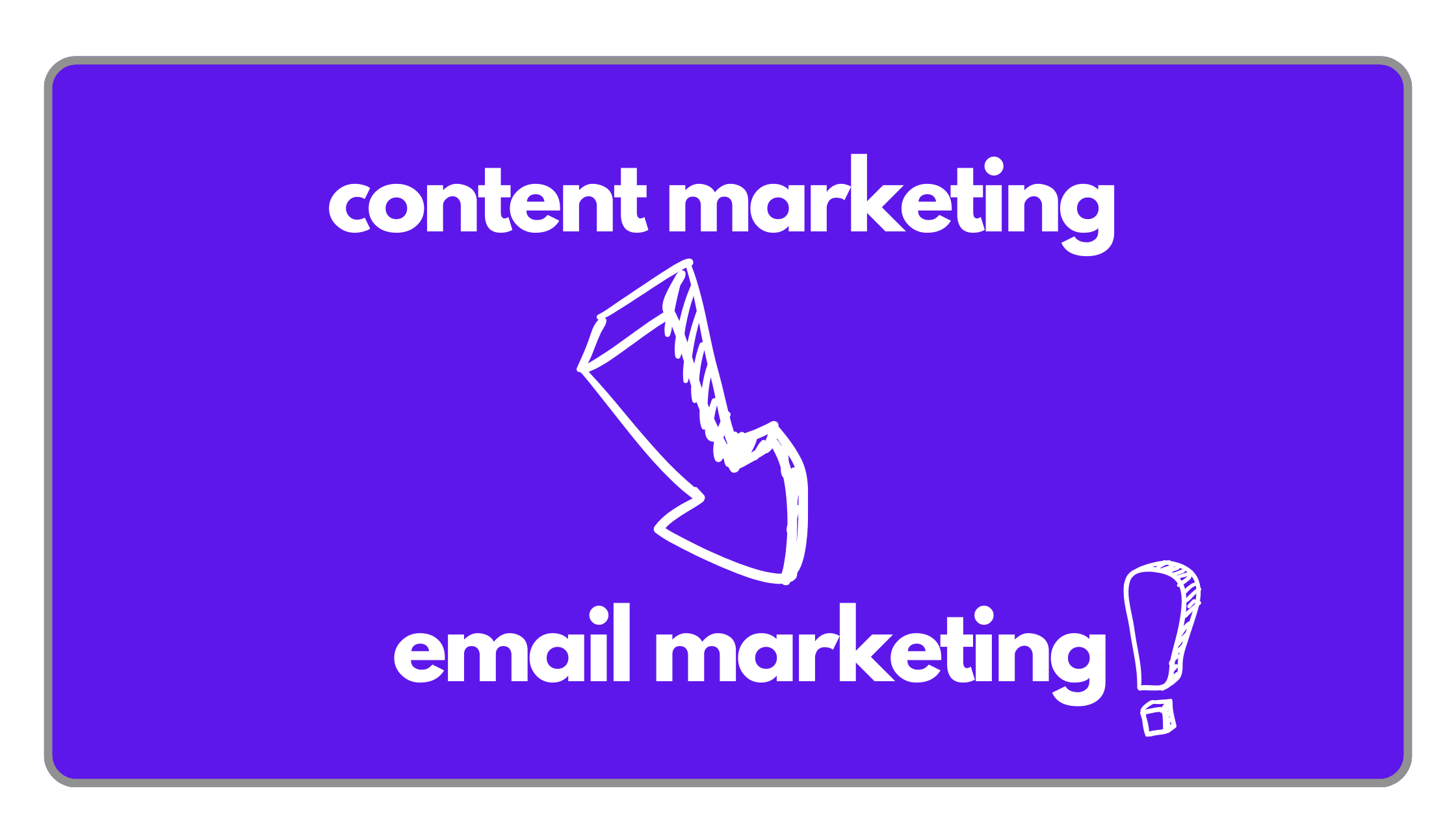 Fig.8: email marketing
Fig.8: email marketing
Email marketing involves contacting customers by sending personalized content to their emails. It is an effective way to generate leads, site traffic, and sales.
You can also measure the success of content marketing campaigns by observing the audience response. These are some industry-leading email marketing platforms you can use for your business.
i. MailChimp
MailChimp is an email marketing software suitable for all business types, from small startups to large enterprises. It sports pre-built email templates and automation that promise ease of use.
The platform houses various tools that support business email creation and marketing. These tools include drag-and-drop features, integrated analytics to monitor campaign data and AI support. It is also beginner-friendly and offers onboarding services.
ii. Zoho Campaigns
Zoho Campaigns is an email marketing software that promises to be an exclusive solution for e-commerce businesses. You can implement its features by connecting your e-commerce website.
Most of its unique features are SMS marketing, email cadence, and contact path tracing. It allows third-party integrations with Shopify, HubSpot, Zapier, and others.
Best Practices for Email Marketing
Keep these in mind when preparing content for your email list.
- Use short, eye-catching titles.
- Use sub-headings, bold, and italics where necessary.
- Keep your paragraphs short; a minimum of three sentences and a maximum of 5.
- Add visuals.
- Include a call-to-action (CTA).
- Make sure it is suited for mobile devices.
Remember, email marketing is just one part of the process. Other factors should also be considered to ensure a successful marketing campaign.
For instance, if you include an actionable link to a website in your email—that is, a link you want your readers to click on—make sure it has a fast loading time. If the page loads slowly, both the content and images, readers might get impatient and leave your site. This ultimately ruins the aim of the email sent to their inboxes.
2. Social Media Marketing
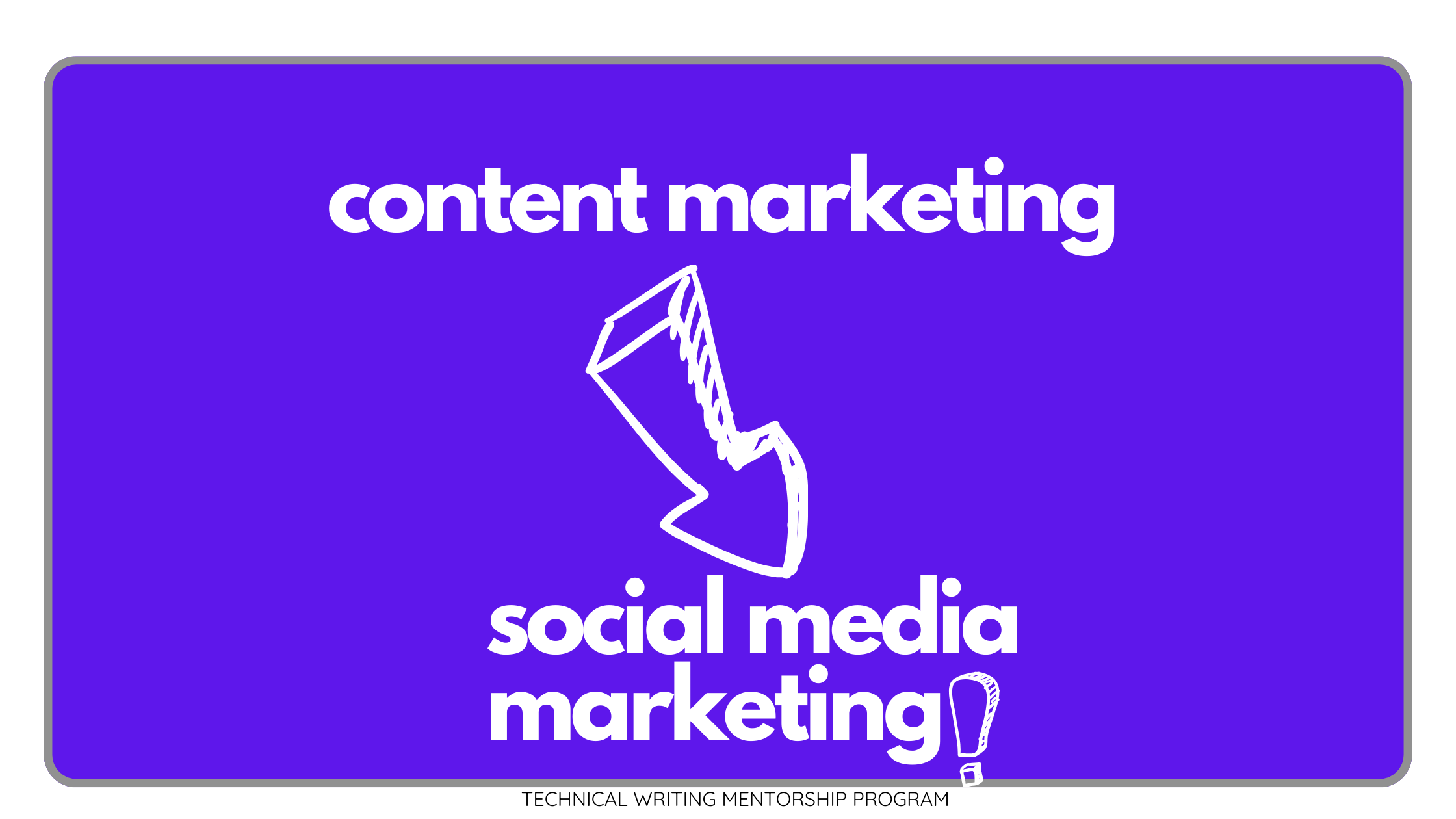 Fig.9: social media marketing
Fig.9: social media marketing
This involves using social media platforms to generate leads and build personalized relationships with the customer base. Social media apps with a large majority of the target audience are perfect for marketing. Some include Facebook, Instagram, Reddit, Twitter, LinkedIn, and YouTube.
While people do not purchase from display ads in content, they’d readily buy the same item off a Facebook page. This makes social media an important pawn in the marketing game.
Best Practices for Social Media Marketing
Do you want to boost conversions on your social media pages? Dig in!
- Determine the social media platforms your target audience is based on.
- Set clear goals and milestones.
- Open professional accounts.
- Establish important KPIs.
- Create and share engaging content.
- Observe your competition.
- Schedule posts to ensure consistency.
- Engage the audience by replying to messages and holding live sessions.
- Review your strategy after meeting milestones.
With the rise of influencer marketing, other factors like viral marketing and public relations (PR) have an added advantage. Influencers use products and share their experiences with others.
While this is a good marketing strategy, it requires patience. This form of marketing shares information about your brand. For sales to happen, more actionable content is needed. Mutual collaboration between your marketing team and influencers of your choice can solve this.
3. Search Engine Optimization (SEO)
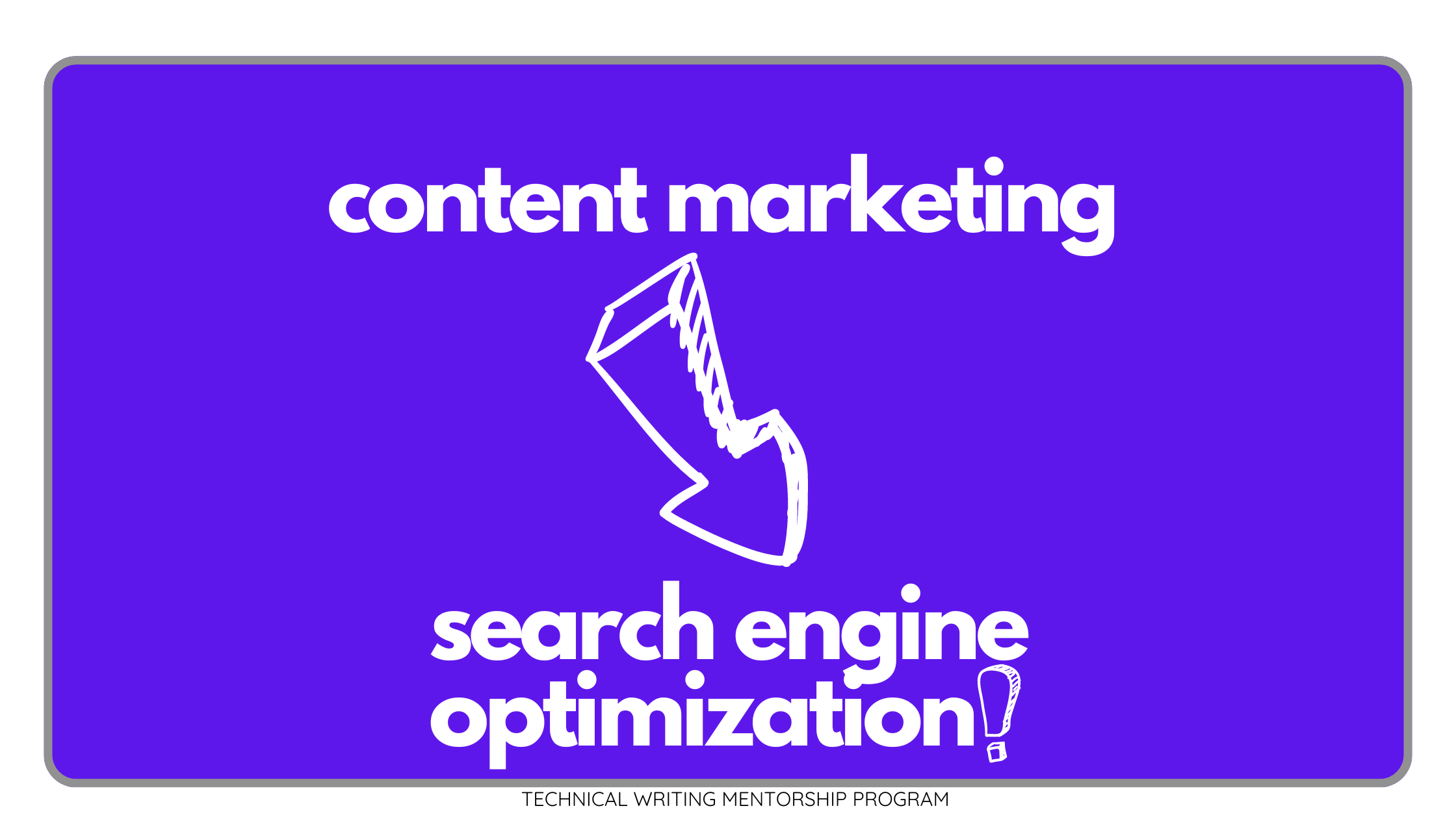 Fig.10: content marketing seo
Fig.10: content marketing seo
Search engine optimization (SEO) is the process of improving content so it can appear organically on search engines like Google and Microsoft Edge. When you publish content, search engine bots crawl it to determine whether it is AI-generated, plagiarized, or not useful. If your content is free from these, it will appear on the first or second pages of search engine result pages (SERPs).
There are free and paid analytical tools to help you optimize your content so it can rank organically. Some of these tools are:
1. Google Analytics
Google Analytics is a free analytical tool that provides detailed insights into your customers. When you connect it to your website, it presents information about your site visitors, their geographic location, and the interests that brought them to your page. You can also check the revenue your page generates.
Google Analytics works well with other tools that fuel marketing efforts, such as Google Ads, Google Search Console, and Google Ads 360.
2. SEMrush
SEMrush is a SaaS platform that houses several tools for marketing content and offers specialized SEO services to optimize content for organic ranking. Its features include domain overview, site traffic analytics, organic research, and backlink authority.
It is beginner-friendly, and allows real-time content creation with the SEO writing assistant. This tool can also be added as a browser plugin. If you have difficulty creating an outline, the SEO content template can help.
Best Practices for Search Engine Optimization (SEO)
These are SEO best practices to boost your content marketing efforts for visibility.
- Work with a content brief. A content brief is a guide that ensures all your content has the same tone, structure, and message.
- Post high-quality content consistently to establish relevance.
- Include keywords in your content.
- Observe competition on SERPs.
Analytical software like Google Analytics and SEMrush help you focus on gaining more visibility. Use them to combine your SEO and content marketing efforts effectively. You can also plan an SEO strategy alongside your content marketing campaign for the best results.
Put Your Content to Work
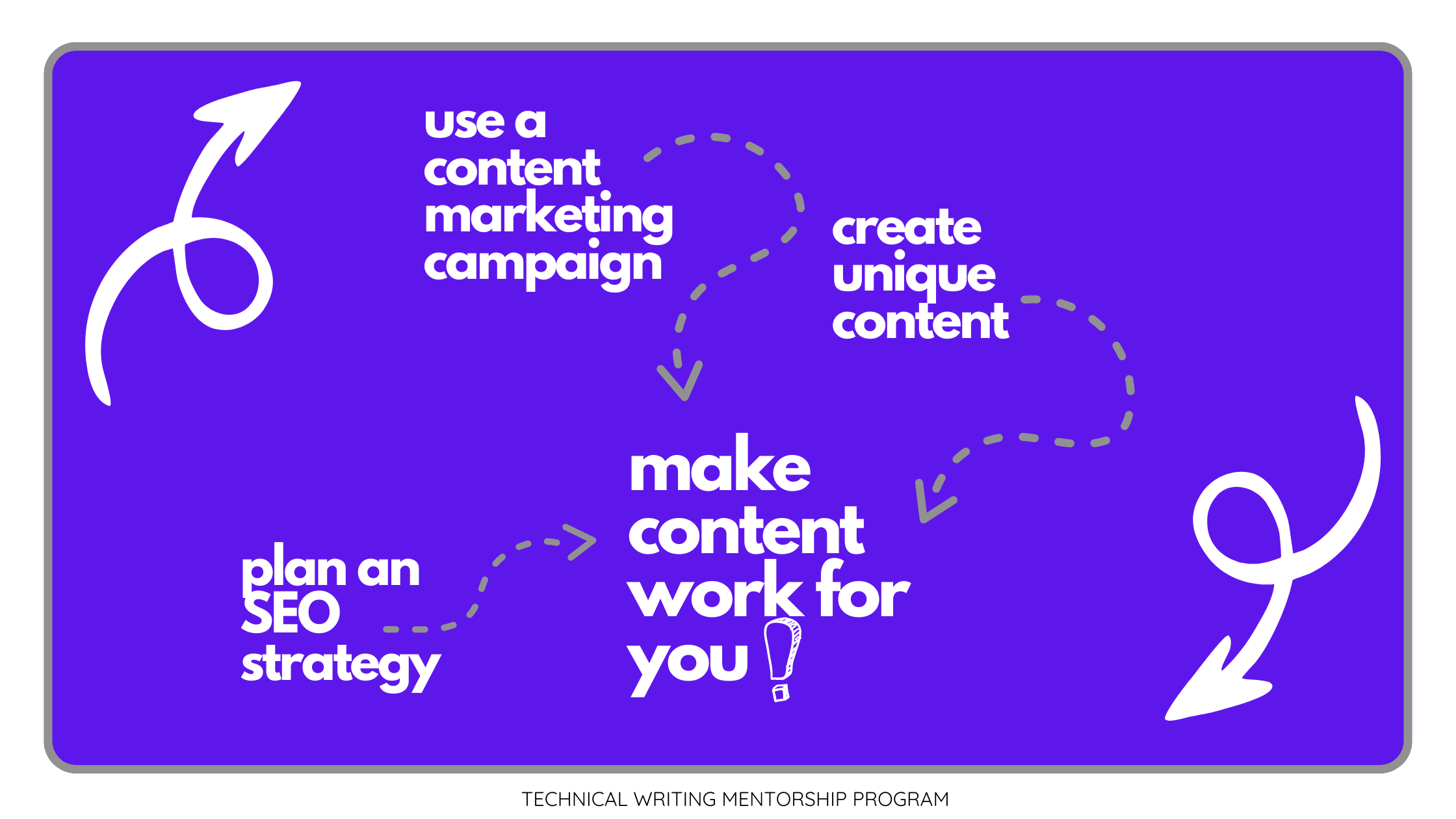 Fig.11: make content work for you
Fig.11: make content work for you
Marketing involves conducting research, handling campaigns, and creating content. With a detailed content marketing campaign, SEO strategy, and marketing channels, you can reach your target audience. Use the right tools within your reach, create unique content, and let your content work for you.
Technical writing mentorship program is your one-stop shop for learning technical writing. With free videos and written courses, you’re on your way to becoming a technical writer!
